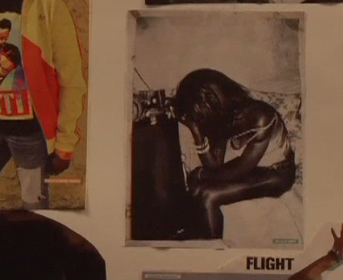About
How do children learn to interpret visual media?
OVERVIEW
With so many different media images in their everyday environments -- from commercials to cartoons to billboards -- students need practice to understand and talk about many different kinds of images they encounter. Different students will have different interpretations, feelings, and ideas about media used in the classroom. Teachers can model for students how to ask good "how" and "why" questions: How does this image create meaning? Why do you have the interpretation that you do, and how might someone else interpret it differently? We know that there is no one "right answer" when it comes to media interpretation. But there are some basic components of visual literacy that teachers can reinforce in their classroom. These include careful observation of details, appreciation for context, and the habit of making inferences from limited information. It's also important to value multiple perspectives and always ask about what is included and what is left out of photographs and other visual media.
1. Start with Experience. Select 1 - 2 images from the In Focus photojournalism website to discuss. For each image, ask:
- How did this image make you feel?
- What is happened in this image?
- Who created it? Why do you think it was created? Is it to inform, to persuade or to entertain?
2. Explore Examples to Consider Adaptation to Learners and Contexts. View the short video, Analyzing Photos, Part 1. In this, you see some moments from the classroom where students are discussing magazine images. After viewing, discuss: What do you notice about children's language use? Why does analyzing photos support language and literacy skills?
3. Compare and Contrast. View the short video, Analyzing Photos, Part 2. In this, you see children develop interpretations about a media message and a teacher's response to children's interpretations. After viewing, discuss: What is noteworthy about children's behavior in this video? How do children use life experience and media experience to construct interpretations? What impact might the teacher's behavior have on children? Why is it valuable for children to learn how to make alternative interpretations of images?
4. Compose, Create and Take Action. Review 13 Lessons to Teach Children about Photography. Then ask students to create images with a cell phone camera that inspire meaningful classroom discussion. See what they come up with, and discuss the best examples.
GUIDING QUESTIONS FOR REFLECTION:
- What are the characteristics of a classroom where children feel free to share their interpretations?
- How do teachers decide what kind of images to bring into the classroom?
- What should teachers do when their students' intuitive responses are unexpected or uncomfortable?
- What do students learn from creating photographs?
- How can visual analysis and creative media production support students' listening, speaking, reading and writing skills?



